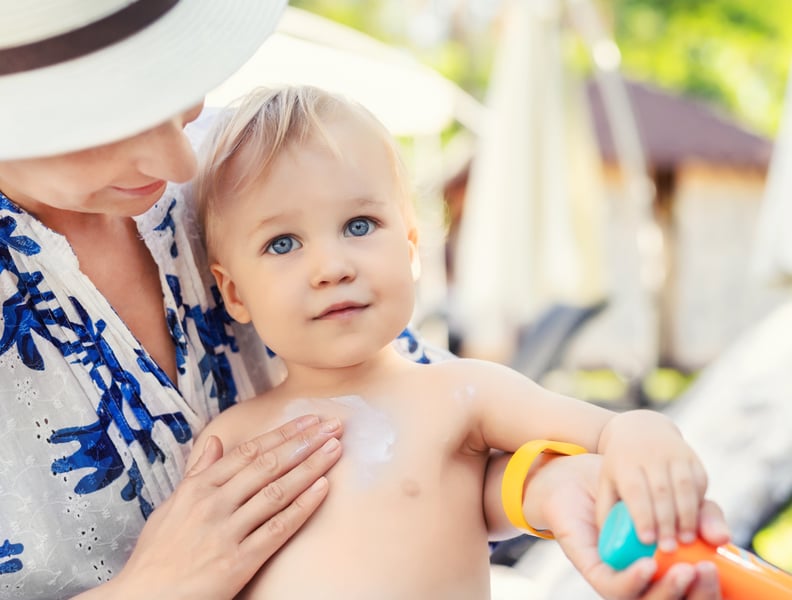Patient Resources
Get Healthy!
Protect Your Kids in Blistering Summer Heat
- June 29, 2023
- Cara Murez HealthDay Reporter

Enjoy that summer sun, but keep some safety tips in mind, the American Academy of Pediatrics (AAP) advises parents.
"It's great to see children enjoying nature and reaping the benefits of outdoor activities,"Atlanta-based pediatrician Dr. Rebecca Philipsborn said in an AAP news release. "As we encounter more intense weather events, including severe heat, there are some layers of protection that families can use to help their kids stay healthy."
Among the issues to consider are air quality and pollution. Sun and heat can worsen local air pollution.
You can check your local Air Quality Index, the AAP suggests. This will help you to know when air pollution, wildfires and heat raise the risk of asthma and other health issues.
For sun protection, keep babies under 6 months old out of direct sunlight. Instead, they should be shaded by a tree, umbrella or stroller canopy. Dress your baby in lightweight clothing that covers the arms and legs. Use brimmed hats to prevent a sunburn on the neck.
Older kids should also cover up, staying in the shade when possible and limiting sun exposure during the peak intensity hours of 10 a.m. to 4 p.m.
Damaging UV (ultraviolet) rays can bounce back from sand, water, snow or concrete, so be especially careful in these areas.
Choose tightly woven or cotton clothing that is cool and protective. Have your child wear a wide-brimmed hat that can shade the cheeks, chin, ears and back of the neck.
Sunglasses with UV protection can also protect your child's eyes, the AAP said.
Any skin not covered by clothing should be covered with a sunscreen that's at least SPF 15 and labeled as "broad-spectrum"to guard against both ultraviolet B (UVB) and ultraviolet A (UVA) rays. Apply sunscreen about 15 to 30 minutes before going outdoors. Reapply every two hours after swimming, sweating or toweling off.
If possible, avoid the ingredient oxybenzone, which is a sunscreen chemical that may have hormonal properties, and look for products that contain zinc oxide or titanium oxide.
While it's fine to use sunscreen on young babies on small parts of their skin not protected by clothing or hat, they touch their mouths a lot and it's best to prevent them from ingesting sunscreen.
Children are especially affected by extreme heat and air pollution because they breathe faster and take in more air compared to their body weight than adults. They also breathe lower to the ground, where some pollution settles, the AAP said.
Young children, especially, depend upon their parents and caregivers to protect them from extreme heat, but many families may not have access to resources to cope with these intense summer challenges, the AAP noted.
Among the ways to protect children against summer pollution, pollen and heat illnesses are to make sure your child dresses appropriately on hot days, takes breaks, drinks plenty of water and takes time to get used to the temperature.
If your child takes medication, ask your pediatrician if it increases your child's risk for heat illness.
Use public transportation or choose walking and biking when it is safe to do so. Consider a zero-emissions vehicle when you purchase your next car, the AAP said.
Advocate in your community for access to green space for all children. Plant trees or participate in tree-planting service events to reduce urban heat effect and clean the air.
More information
The U.S. Centers for Disease Control and Prevention offers more on summer safety for kids.
SOURCE: American Academy of Pediatrics, news release, June 27, 2023

